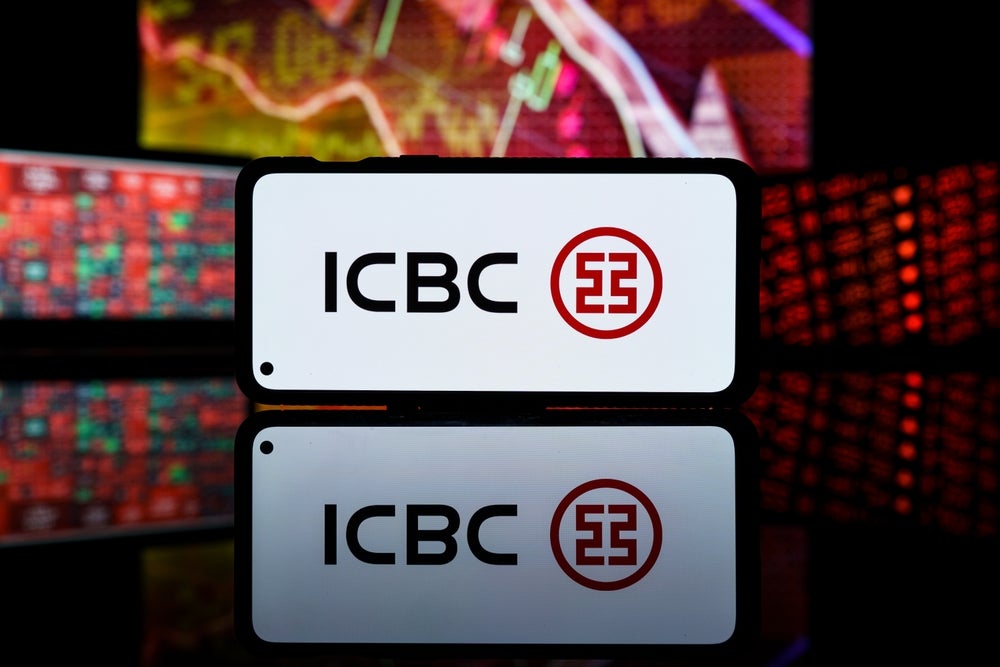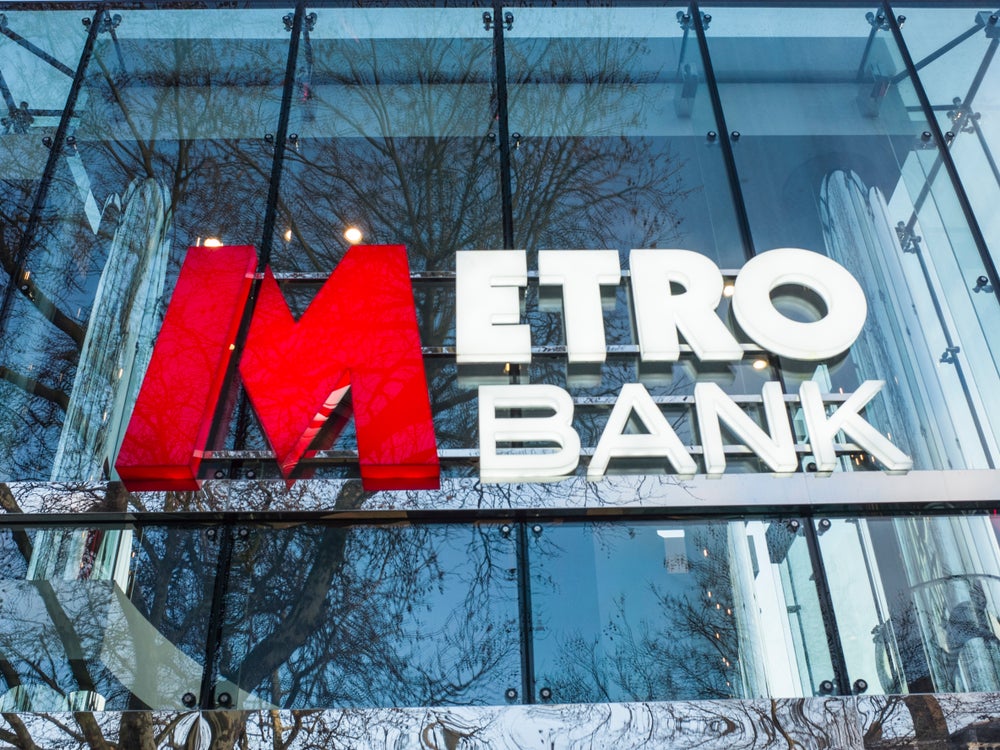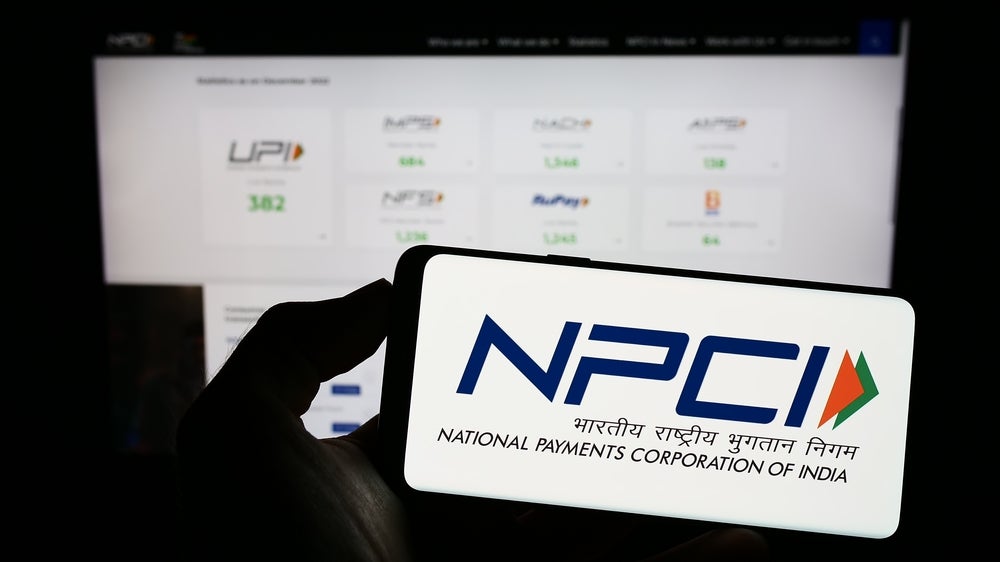Global financial services technology solutions provider, Fiserv,
has announced that 150 credit unions have chosen to implement its
Mobile Money solution, including 84 that are already live. News of
the sales success for the service coincides with joint top billing
in a user survey from consultants Javelin. Douglas Blakey
reports
Mobile Money, Fiserv’s mobile banking service launched less than
two years ago, has been snapped up by 150 credit unions.
Incorporating technology from m-banking and payments solution
provider M-Com, the service gives credit union members the
flexibility to use any mobile device to check account balances,
transfer funds, pay bills, and track account activity.
The solution supports all three mobile access modes: SMS text
messaging, mobile browser, and downloadable applications and is
offered as an in-house solution or hosted by Fiserv through an
application service provider (ASP) model.
According to Fiserv, the ASP version of Mobile Money offers a
cost-effective option requiring little administration on the credit
union’s part and has received strong interest since its launch in
the third quarter of 2009.
“Credit unions are increasingly adopting Mobile Money to
strengthen their competitive position through a high-value,
low-cost service that appeals to a broad range of consumers, which
includes Gen Y and other demographics,” said Dave Selina, segment
executive for Fiserv Credit Union Solutions.
How well do you really know your competitors?
Access the most comprehensive Company Profiles on the market, powered by GlobalData. Save hours of research. Gain competitive edge.

Thank you!
Your download email will arrive shortly
Not ready to buy yet? Download a free sample
We are confident about the unique quality of our Company Profiles. However, we want you to make the most beneficial decision for your business, so we offer a free sample that you can download by submitting the below form
By GlobalData“As consumer demand for greater access and convenience continues
to rise, Fiserv solutions like Mobile Money will continue to play a
vital role in credit unions’ strategic plans.”
The credit union deals complement a number of recent m-banking
contract wins for Fiserv’s Mobile Money solution, including top 10
US lender SunTrust Banks.
In March, SunTrust said that
it had selected Mobile Money to provide its clients with broader
access to mobile financial
services,expanding an existing
relationship, as the lender already utilises online banking and
bill payment solutions from Fiserv.
The Fiserv/M-Com Mobile Money service was ranked ‘best in class
mobile banking vendors’, scoring nine out of a possible 10 points,
in a report published on 30 June by consultants Javelin Strategy
and Research.
The survey – 2010 Mobile Banking Vendor Analysis: Detailed
Comparison of Top 12 Providers and Strategies to address market
shifts – reported that by 2013, more US adults will have
smartphones than feature phones, expected to boost m-banking user
numbers.
ClairMail also scored nine points in the survey; other vendors
evaluated by Javelin included FIS, Firethorn (Qualcomm), Fundamo,
Harland Financial Solutions, Jack Henry & Associates, mFoundry,
MShift, Monitise Americas, Sybase and Tyfone.
The report highlights included:
- A need for financial institutions to move beyond treating
mobile banking as an extension of online banking; - While the four biggest US retail banks have implemented mobile
banking initiatives, vendors now need to move down-market to target
mid-and small-sized banks and credit unions; - Advice to target banks serving the Hispanic and Asian
populations in the US. –frequent users of mobile banking –and
financial institutions can tap these markets by offering
multilingual mobile financial services, and - Consumer adoption of mobile banking has not yet met market
expectations.






